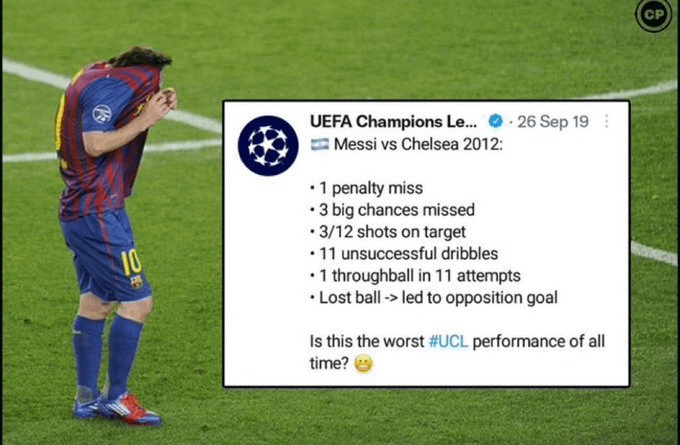Okay, so today I’m gonna walk you through this thing I did, messing around with some data related to Messi’s 2012 performance. It was a fun little project, and I learned a ton.

First off, I started by grabbing some data. I found a few sites with game stats, goals, assists, all that jazz. Scraped it all into a CSV file. Nothing too fancy, just the basics. Getting the data was probably the most tedious part, to be honest.
Next up, I fired up Python, my go-to for this kind of stuff. Used Pandas to load the CSV into a DataFrame. If you haven’t used Pandas, seriously, check it out. It makes working with tables of data so much easier.
Then, I started cleaning things up. Some of the data was messy – different date formats, weird column names. Used Pandas to rename columns, convert dates to a consistent format, and handle missing values. Nothing too crazy, just some basic data wrangling.
After the data was clean, the fun began! I started calculating some stuff. Total goals, goals per game, assist ratios, you name it. Pandas makes it easy to do calculations on entire columns of data.
I also wanted to visualize the data. So, I used Matplotlib to create some charts. A simple bar chart of goals per competition, a line graph showing goals scored over time. Visuals always help you understand the data better.

Now, here’s where I got a little fancier. I wanted to see if there were any correlations between different stats. For example, did he score more goals when he had more shots on target? Used Pandas to calculate correlation coefficients and Matplotlib to create a heatmap.
I even tried to predict the number of goals he’d score in future games based on past performance. I used scikit-learn to build a simple linear regression model. The results weren’t perfect, but it was a fun experiment.
Here’s a quick rundown of the tools I used:
- Python
- Pandas
- Matplotlib
- Scikit-learn
The main takeaway? Data analysis can be a blast! Even with something as simple as Messi’s 2012 stats, you can learn a lot and create some cool visualizations.
Anyway, that’s the gist of it. Just messing around with data, learning new things, and having fun. Hope you found it interesting!

